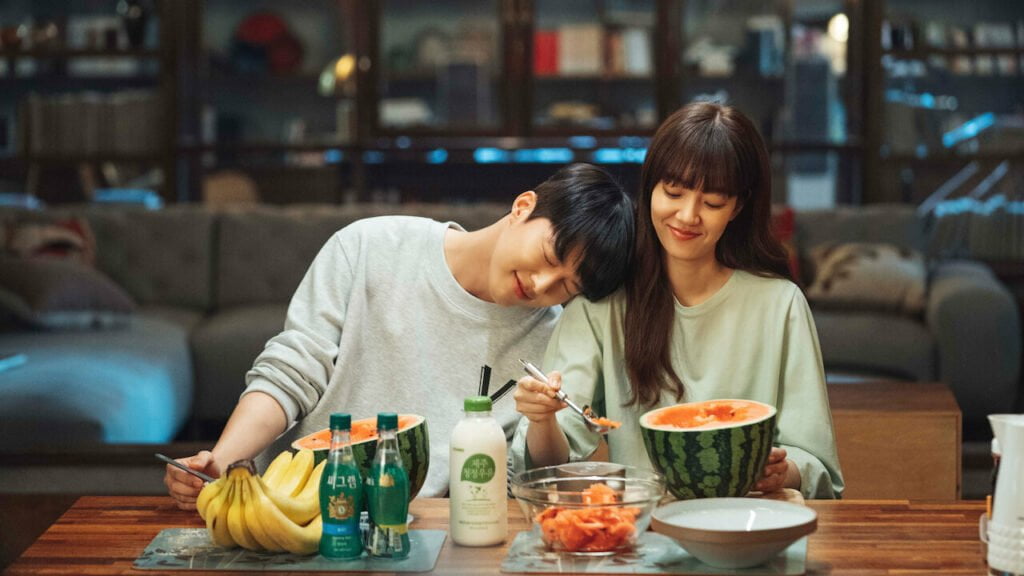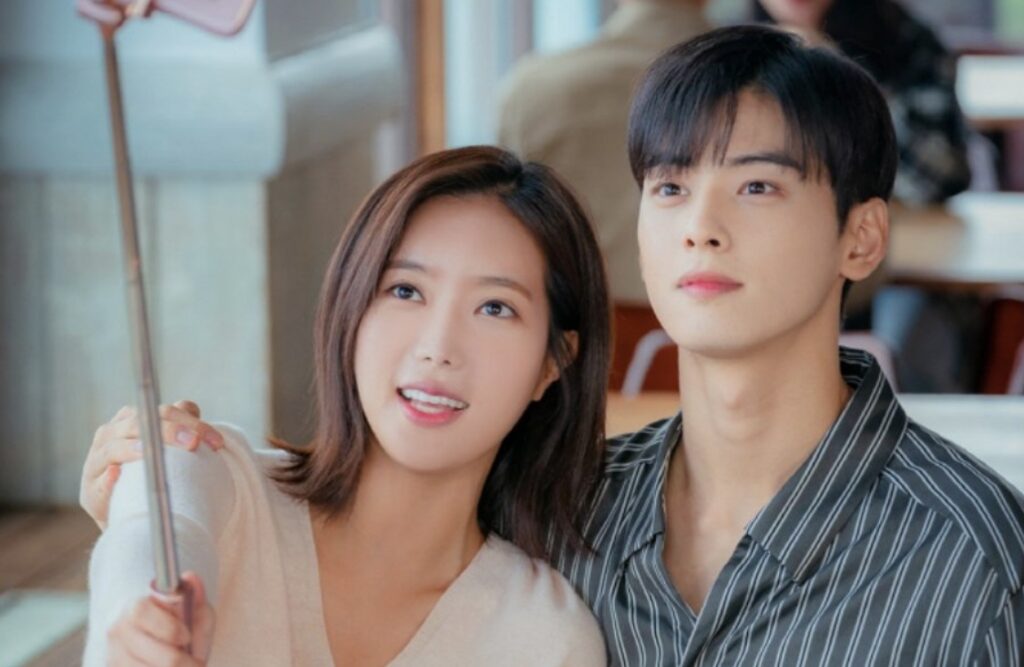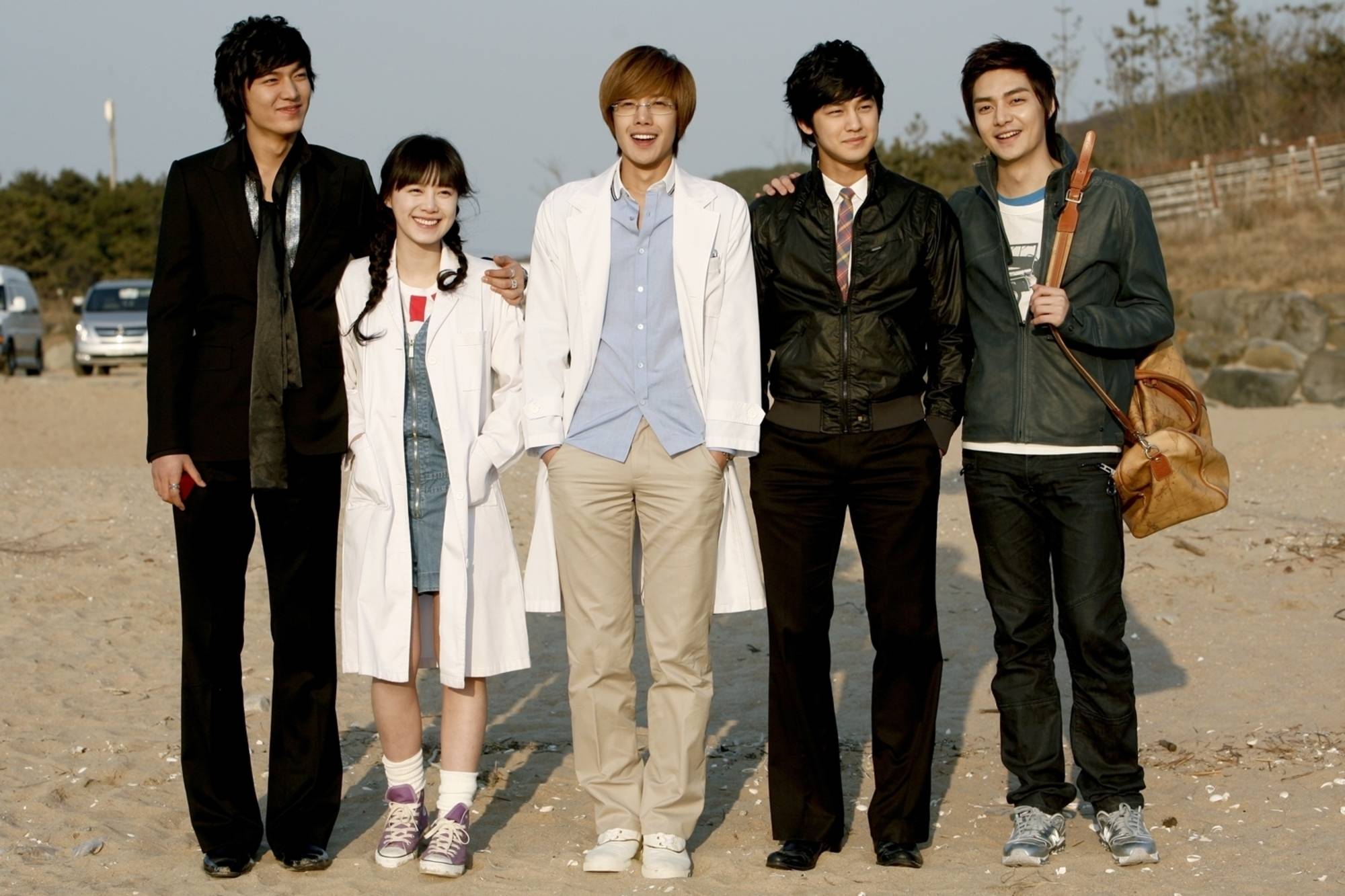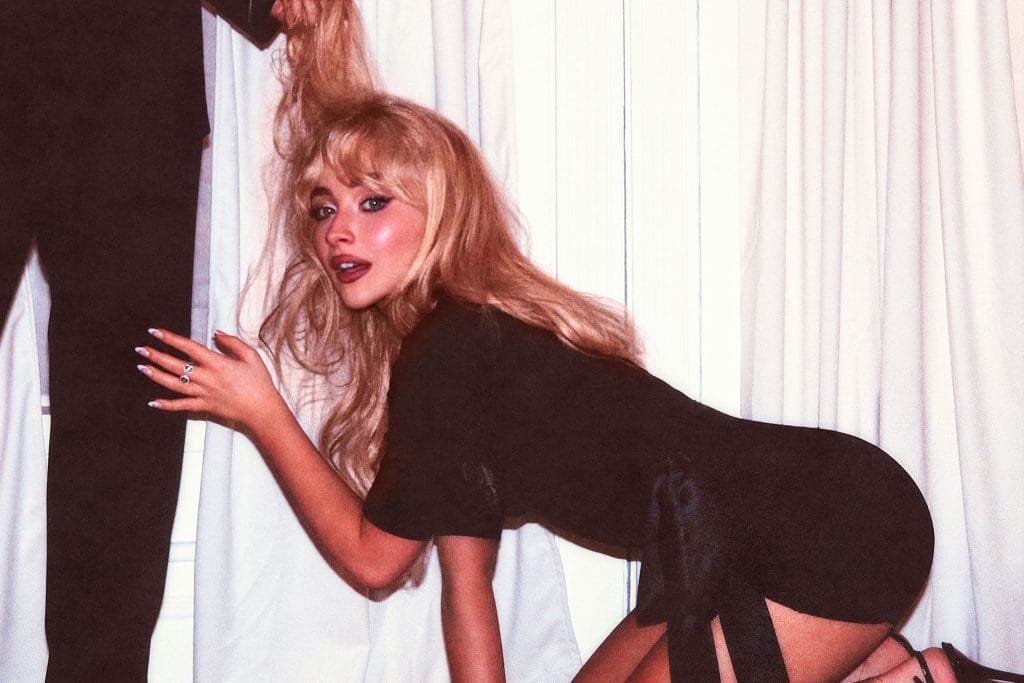From the time when Boys Over Flowers aired on Indian television to the airing of Squid Game on Netflix, the popularity of K-dramas has increased tremendously. Through its distinctive storytelling and flawed characters (along with their development), it has caught the attention of people across the world. However, one of the remarkable characteristics of K-dramas is how they treat the idea of gender.
Traditionally, K-dramas depicted stereotypical gender roles where men were shown as dominant, oppressive and strong while women were shown as submissive and needy. While such depiction is still prevalent in Period K-dramas, the portrayal of gender has taken a major shift in the newer K-dramas.
Traditionally, K-dramas depicted stereotypical gender roles where men were shown as dominant, oppressive and strong while women were shown as submissive and needy. While such depiction is still prevalent in Period K-dramas, the portrayal of gender has taken a major shift in the newer K-dramas. Unlike other shows or films, K-dramas portray stories with gender sensitivity and continue to bash the stereotypical gender roles prevalent in and around the world, including South Korea.
Strong female leads
Long gone are the days when female leads were shown as women in distress and needed princess charming to rescue them. In recent K-dramas, female leads need no one to rescue them, have fetching careers, are towers of self-confidence and have amazing support systems around them. These women are ambitious, independent, and actively pursue their dreams and careers. They can be seen as CEOs, doctors, lawyers, and other professionals, navigating the complexities of personal and professional lives while breaking away from traditional gender expectations.

For example, in Search WWW, the show revolves around three women who navigate life and work and everything in between throughout the show. As an audience, one gets to see everything from three women’s perspectives. “Watching Search WWW I felt majestic. The female roles and their daily life struggles were strongly relatable and the drama has a strong opinion and a moral to convey to the society. That made the drama special,” said Gowrikrishna Sajjikumar, a college student and a K-drama fan from Kerala to FII.
Evolving male characters: Beyond the stereotypes
Men in older K-dramas were shown as strong, dominant, and assertive beings. They exhibited hyper-masculine qualities where they refrained from showing vulnerabilities and engaged in limited hobbies. They also took on leadership roles and displayed a strong sense of authority, both in their personal and professional lives. This portrayal emphasised traditional notions of masculinity and power dynamics.
In recent years, male characters in K-dramas have evolved tremendously. The K-drama world has introduced the concept of Soft Boys. These men are warm, gentle and understanding. They display their raw self, express their emotions freely and are also ready to face emotional challenges. This allows them to go beyond the societal expectation that ‘Real men don’t cry.’
However, in recent years, male characters in K-dramas have evolved tremendously. The K-drama world has introduced the concept of Soft Boys. These men are warm, gentle and understanding. They display their raw self, express their emotions freely and are also ready to face emotional challenges. This allows them to go beyond the societal expectation that ‘Real men don’t cry.’

For example, in one of the scenes in Hometown cha cha cha, Hong Du-shik, the male lead is seen crying his heart out and confiding in the arms of the female lead. “That was one of a kind moment for me as a viewer. I believe men or women no matter what humans have the tendency to express themselves (joy, sorrow, excitement). But the intensity may vary from person to person but teaching men not to cry is a very bad lesson because they are humans with flesh and feelings too. So, I felt good about men expressing their emotion in K-Drama because it can create a huge impact on the viewers and break the taboo,” said Sajjikumar.
These men also actively listen, offer comfort, and provide a safe space for the people around them to share their thoughts and emotions. They prioritise communication and are willing to go the extra mile to help others. Moreover, newer K-dramas also emphasise on the importance of friendships and emotional bonds among male characters.
In the K-drama world, men cook, clean and take care of the families equally as women. Additionally, women also go out, earn and take the onus of the family finances. There are no set roles for both genders in the K-drama world and are interchanged according to their needs.
They focus on strong male friendships and counter the notion that men should be competitive or isolated. It showcases the support and companionship that can exist between male characters, highlighting the power of genuine connections.
Redefining romantic relationships: Equal partnerships
According to society, men and women have definite roles. While men are required to go out, earn and take care of the expenses of the family, women are required to stay at home, cook and take care of the family. While this is true in the real world, however, it is completely different in the K-drama world.
In the K-drama world, men cook, clean and take care of the families equally as women. Additionally, women also go out, earn and take the onus of the family finances. There are no set roles for both genders in the K-drama world and are interchanged according to their needs. The K-drama, Flower of Evil starring Lee Joon-gi shows a life of a metal craftsman and blacksmith, who cooks, cleans, and takes care of his daughter while his wife works as a detective.
Addressing gender-based issues in the society
Just like any form of entertainment, K-dramas have also become a platform to reflect upon societal attitudes and perceptions in relation to gender. Here are some pointers with respect to gender representation in K-dramas:
- Beauty standards: K-dramas often emphasise beauty ideals that can create unrealistic expectations for both male and female characters. There is sometimes an emphasis on physical attractiveness and a narrow definition of beauty, which can contribute to body image issues and self-esteem problems for viewers. The K-drama, My ID is Gangnam Beauty shows Im soo-hyang and Cha Eun-woo shed light on the irrational beauty standards prevailing in South Korean society. The show ultimately gives the message that beauty is not what is outside but inside.

- Workplace inequality: K-dramas sometimes depict workplace settings where gender discrimination and inequality persist. Female characters may face challenges in their professional lives, such as glass ceilings, workplace harassment, or being overshadowed by male counterparts. These portrayals reflect the real-life struggles that women face in South Korean society.
- Lack of diversity: K-dramas have been hugely criticised for their lack of diversity, both in terms of gender and other aspects, such as ethnicity, body size, and sexual orientation. This lack of representation can reinforce societal biases and limit the visibility and recognition of underrepresented groups. “They do make dramas on body issues, beauty standards and certain women’s sports etc however they all end with the re-establishing of the Korean standards such as what body figure/size, beauty, sports (gymnastics) makes you a woman and feminine and pretty,” said Bhavika Sachan, a college student from Delhi.
By promoting diverse storytelling, challenging stereotypes, and advocating for more inclusive representations, K-dramas can play a role in shaping societal attitudes towards gender equality and contributing to a more equitable and diverse society.
About the author(s)
Alviya Haider is a freelance writer who likes to write on gender, art and culture, lifestyle, and entertainment. She skillfully uses both her words and her art to tell diverse stories, bringing unique perspectives to the topics she explores.




